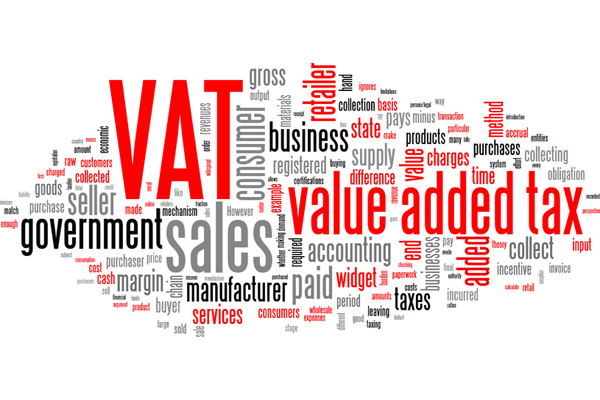What is the full form of VAT
What is the full form of VAT
VAT: Value Added Tax
VAT stands for Value Added Tax. It is a state level tax that is applicable to some key products such as petrol, diesel and alcohol for human consumption that are not taxable under the GST Act. VAT was, in fact, introduced in 2005 as a replacement for the earlier Sales Tax so that a unified tax rate for products and services was possible across India.
More than 160 countries around the world use value-added taxation, and it is most commonly found in the European Union.

ABOUT VAT IN INDIA:
Value Added Tax (VAT) is a major source of revenue for all Indian states and union territories (except Andaman and Nicobar Islands and Lakshadweep).
VAT was introduced as an indirect tax in the Indian taxation system to replace the existing general sales tax. The Value Added Tax Act (2005) and associated VAT rules came into effect beginning April 1, 2005 in many Indian states. A few states (Gujarat, Rajasthan, MP, UP, Jharkhand and Chhattisgarh) excluded themselves from VAT during its initial introduction, but later adopted the tax. Every state has its own VAT legislation, rates, taxable base, and list of taxable goods.